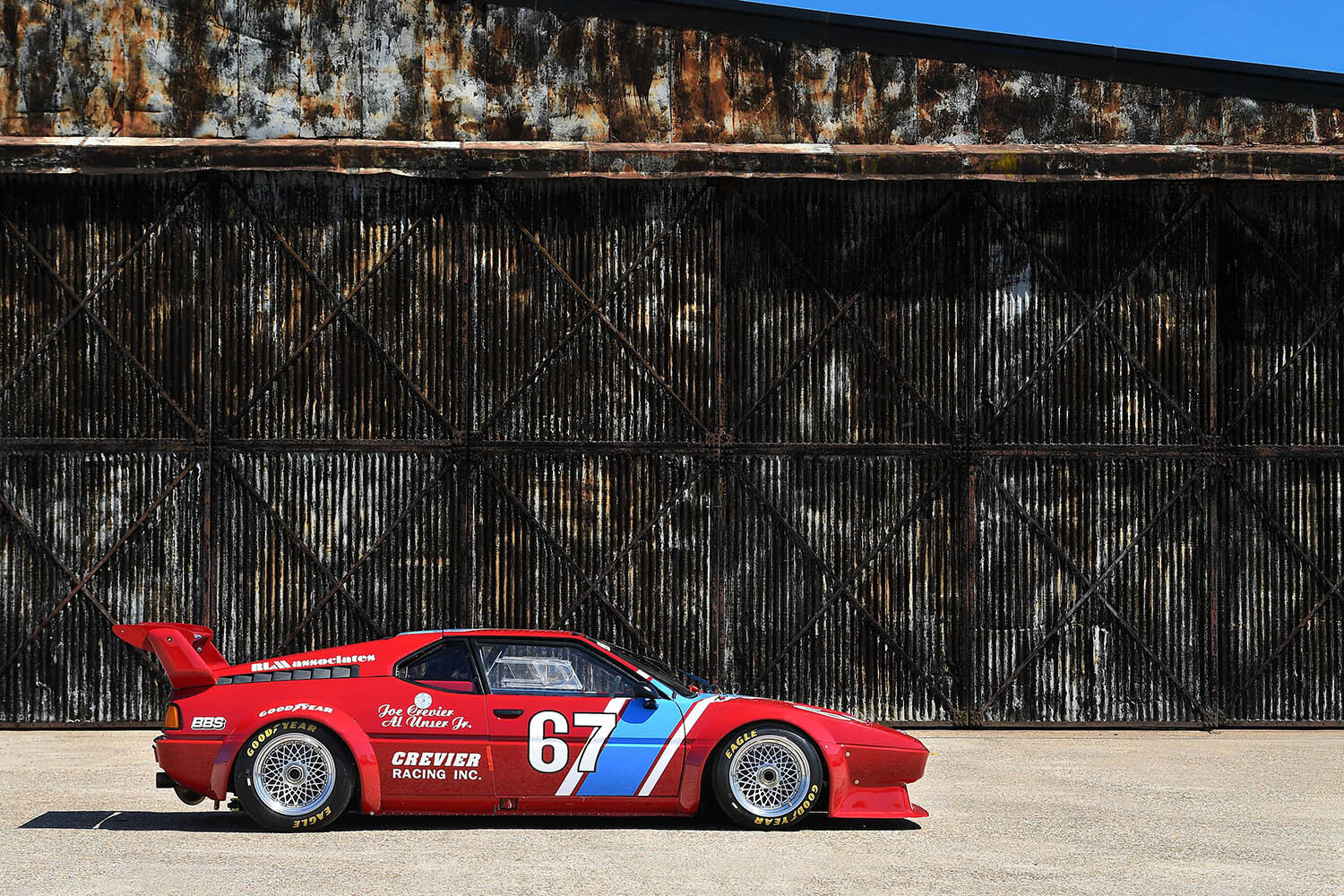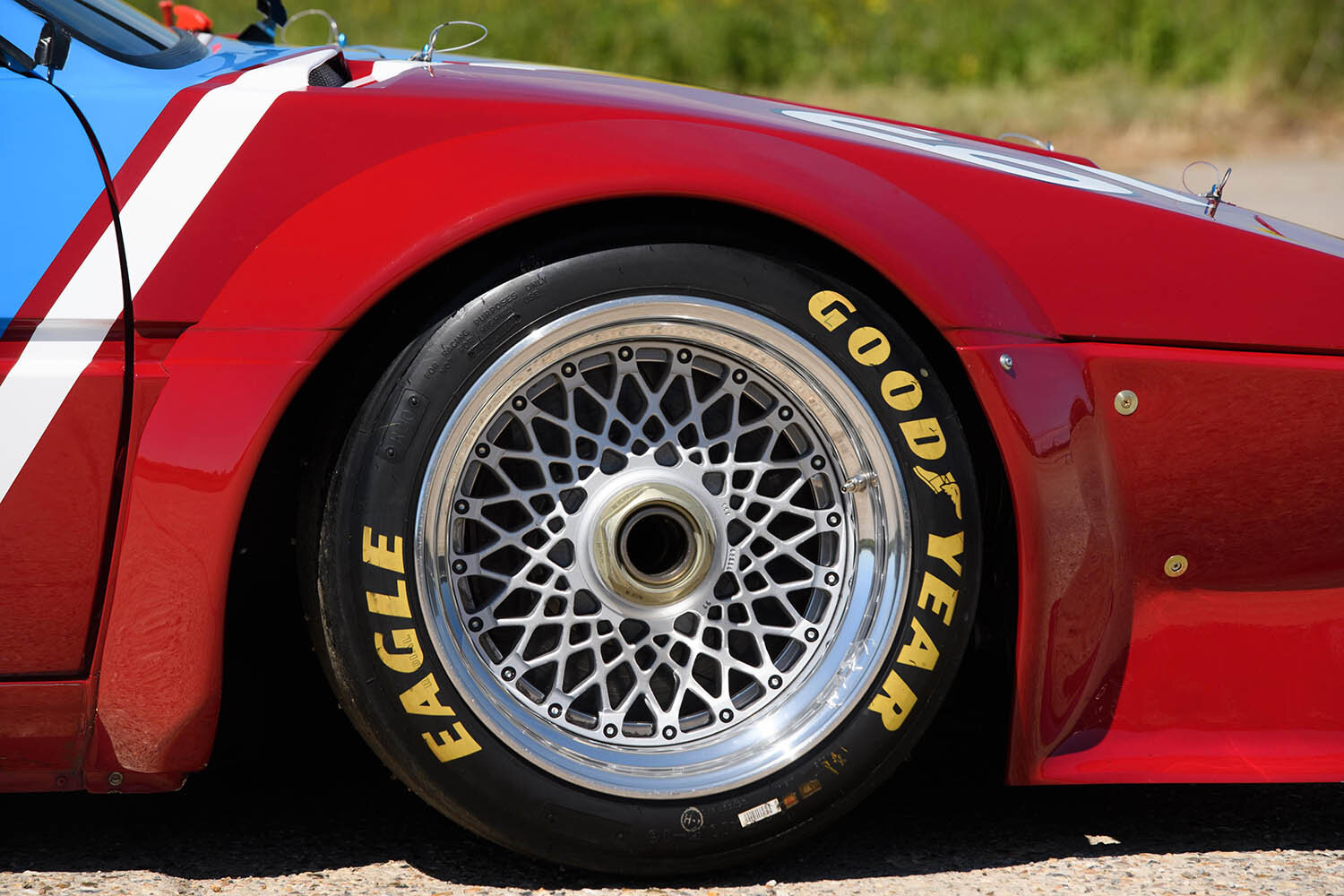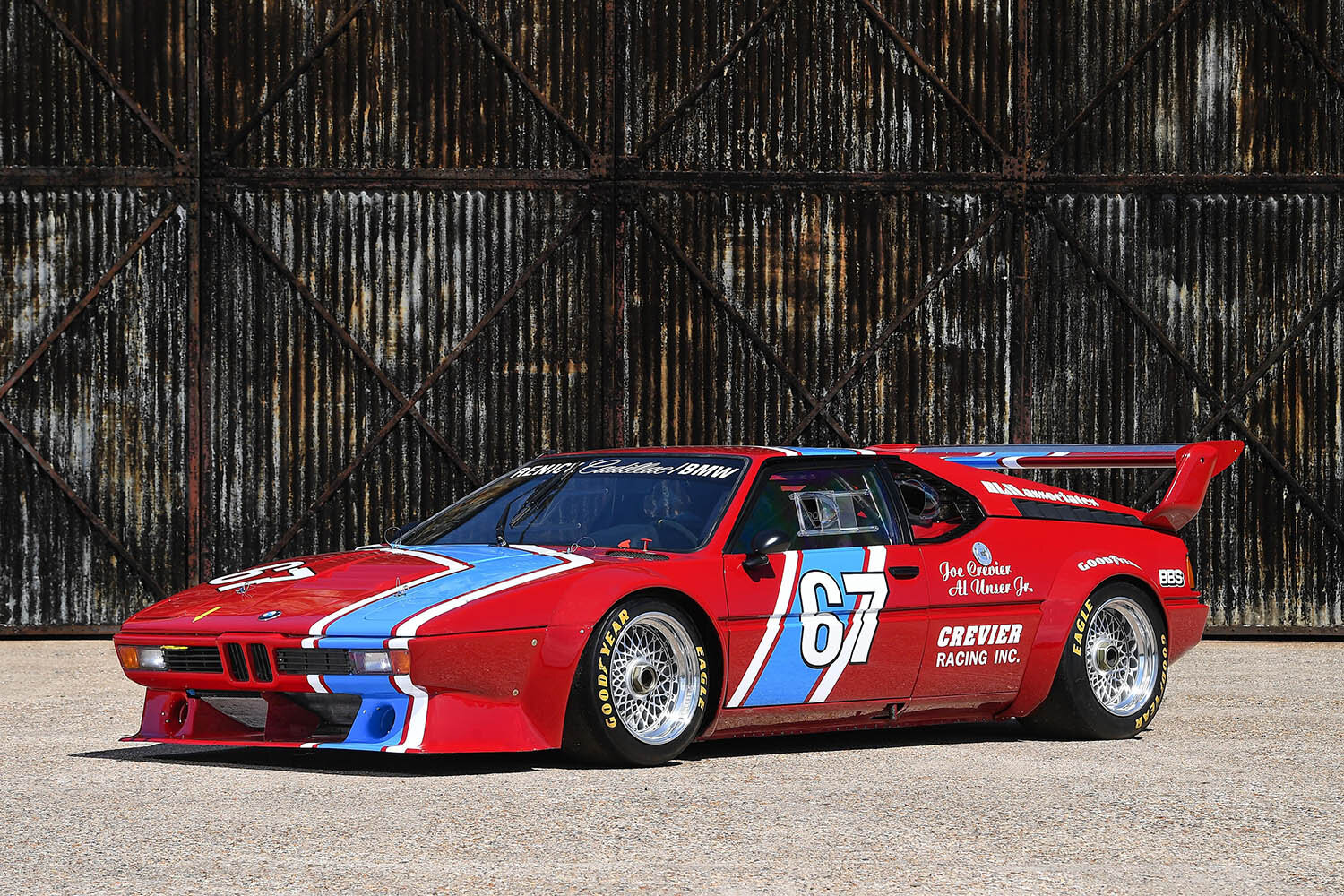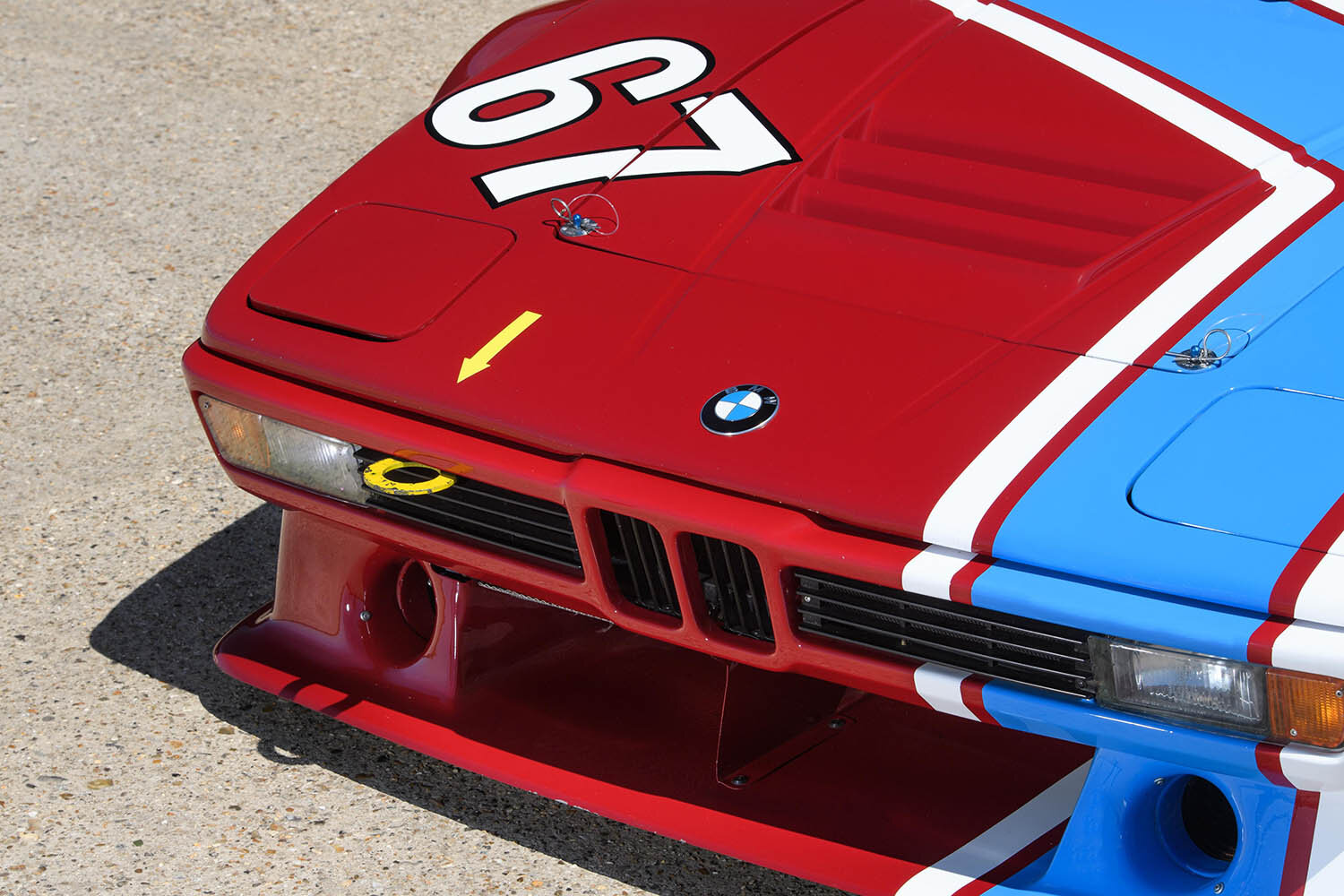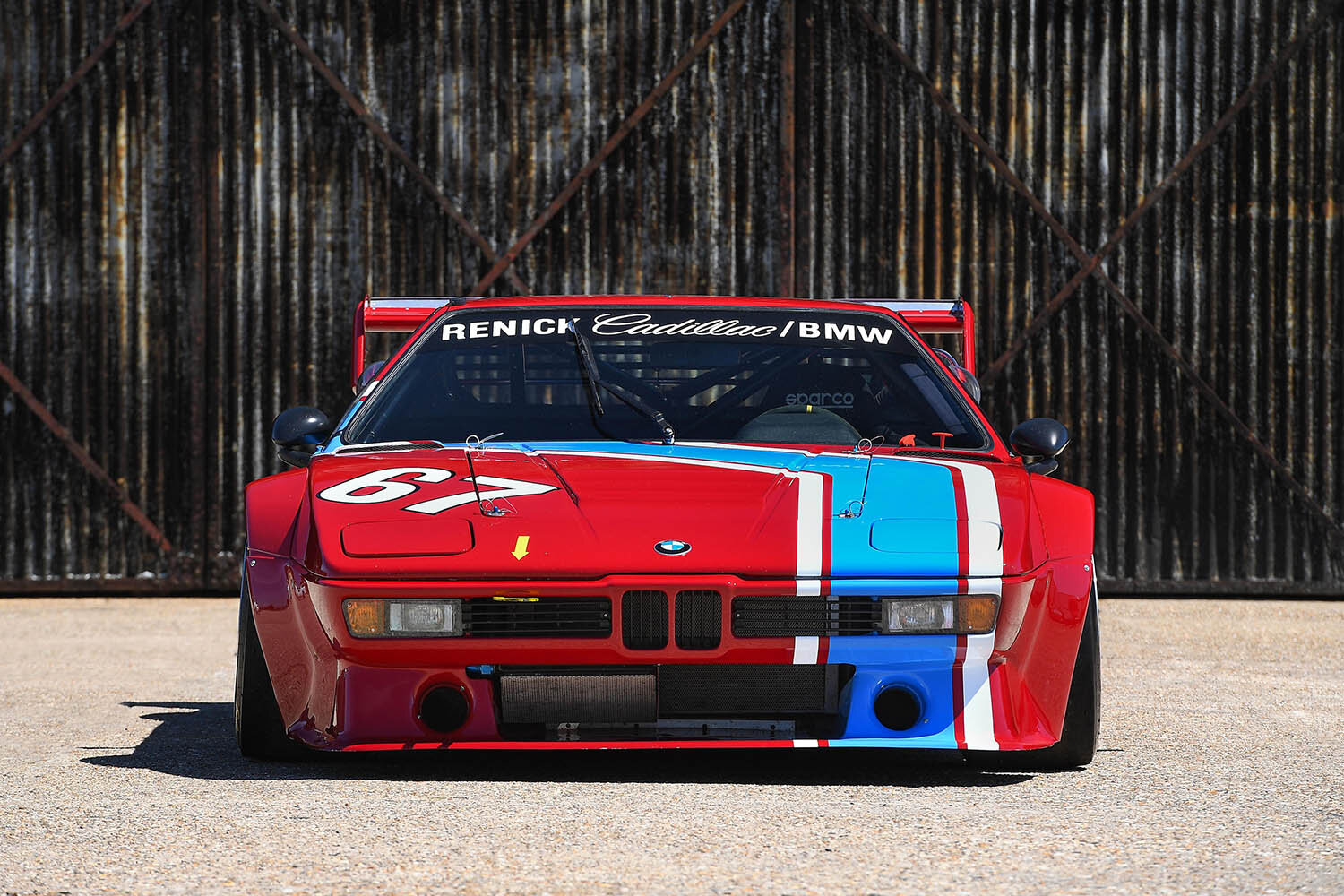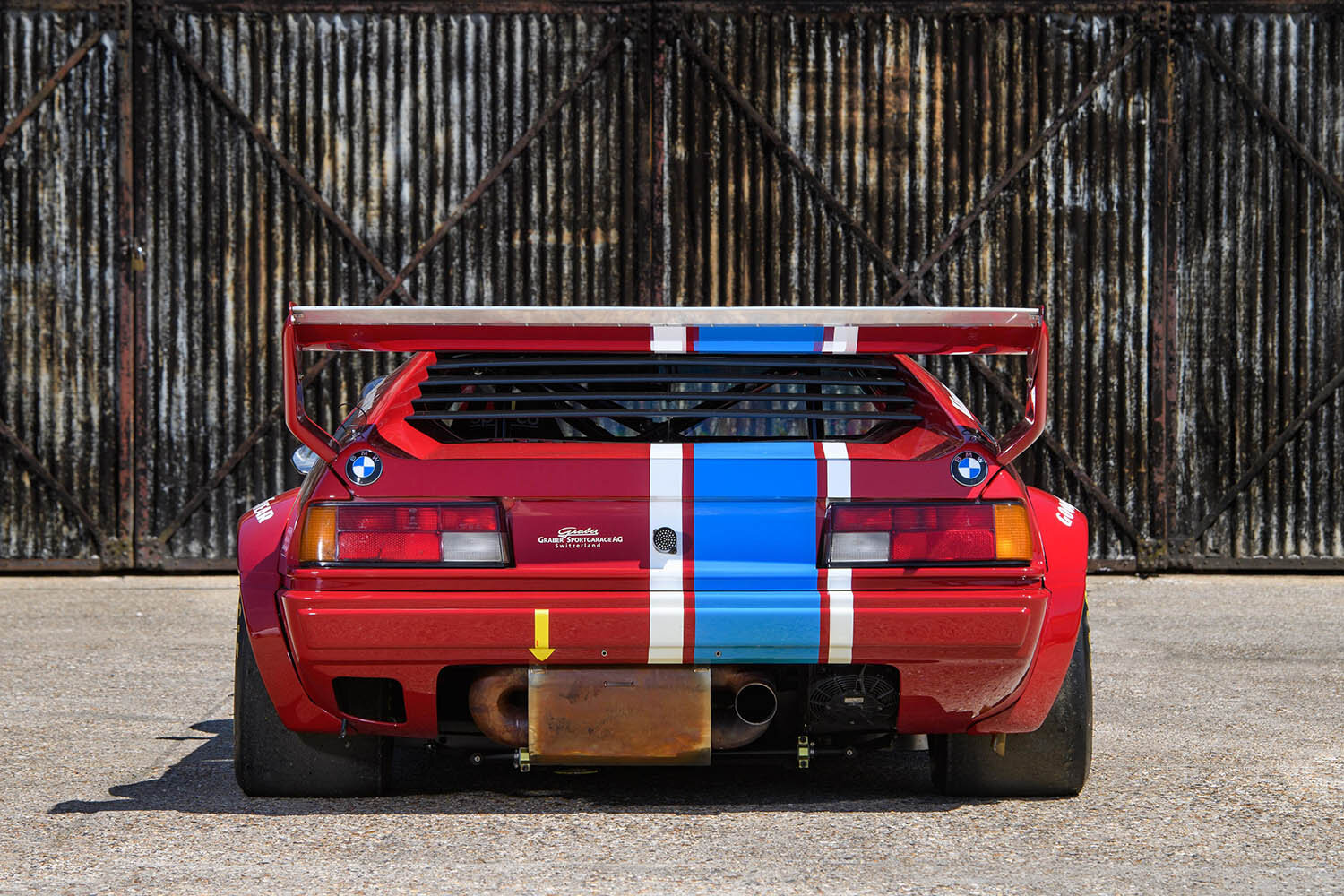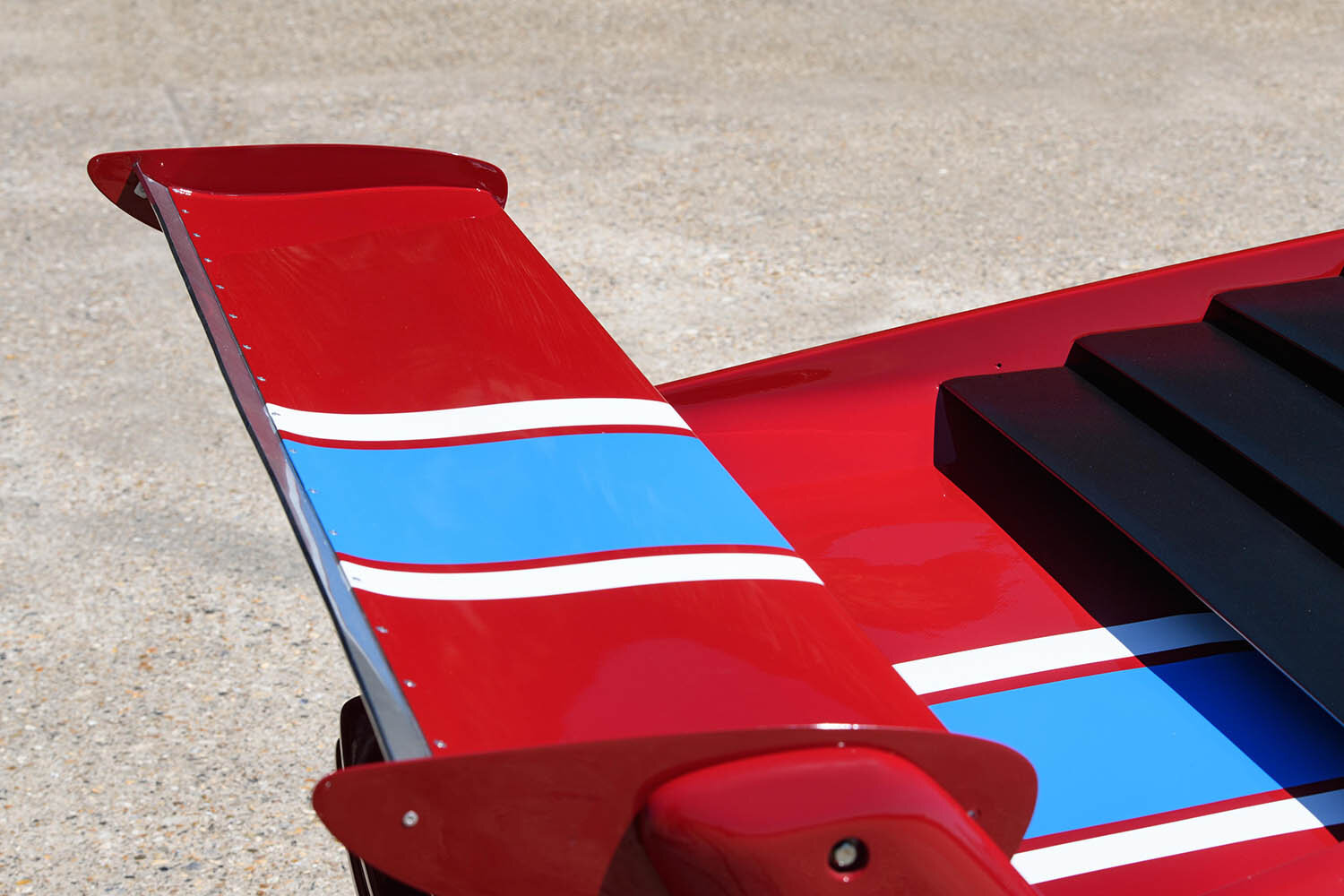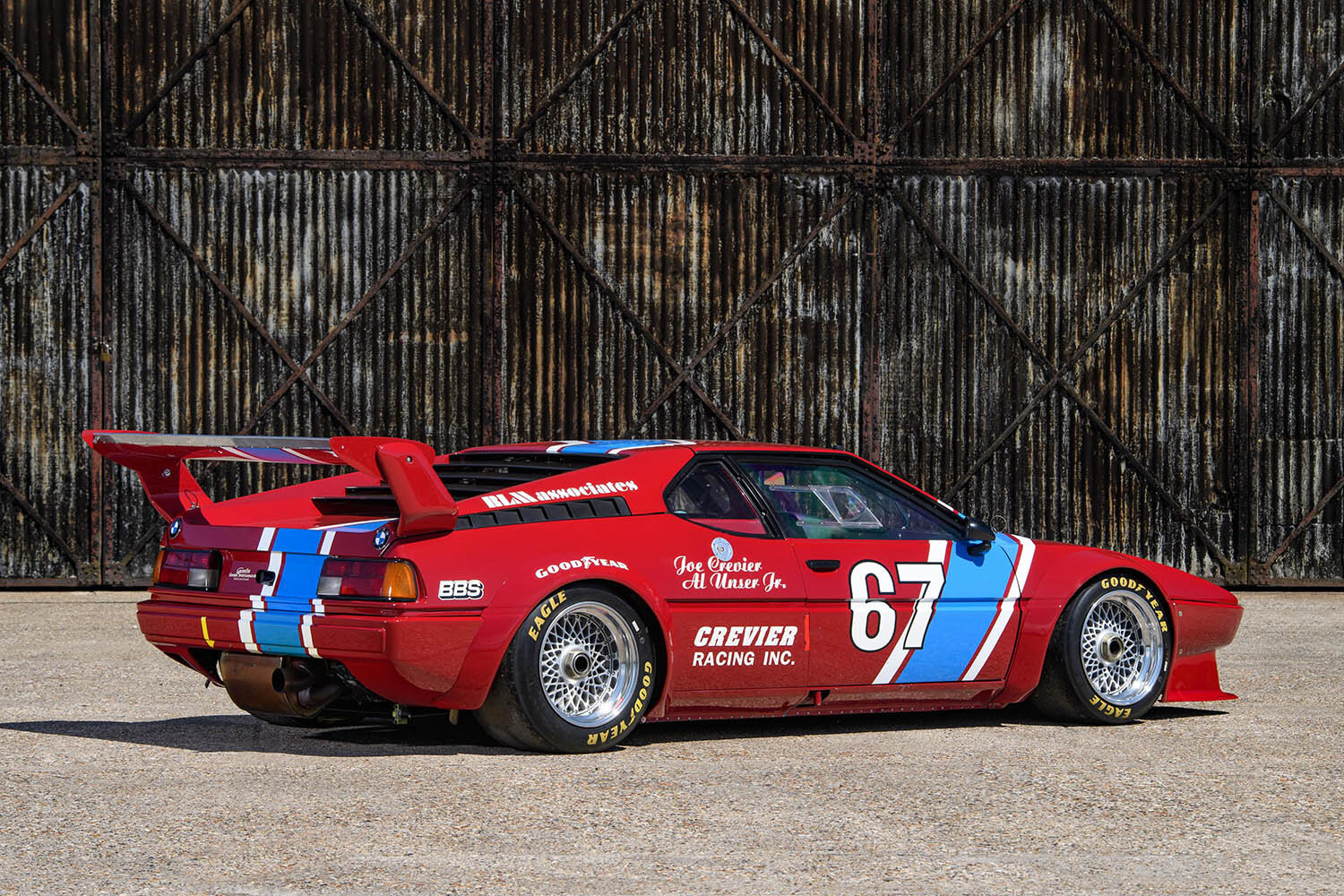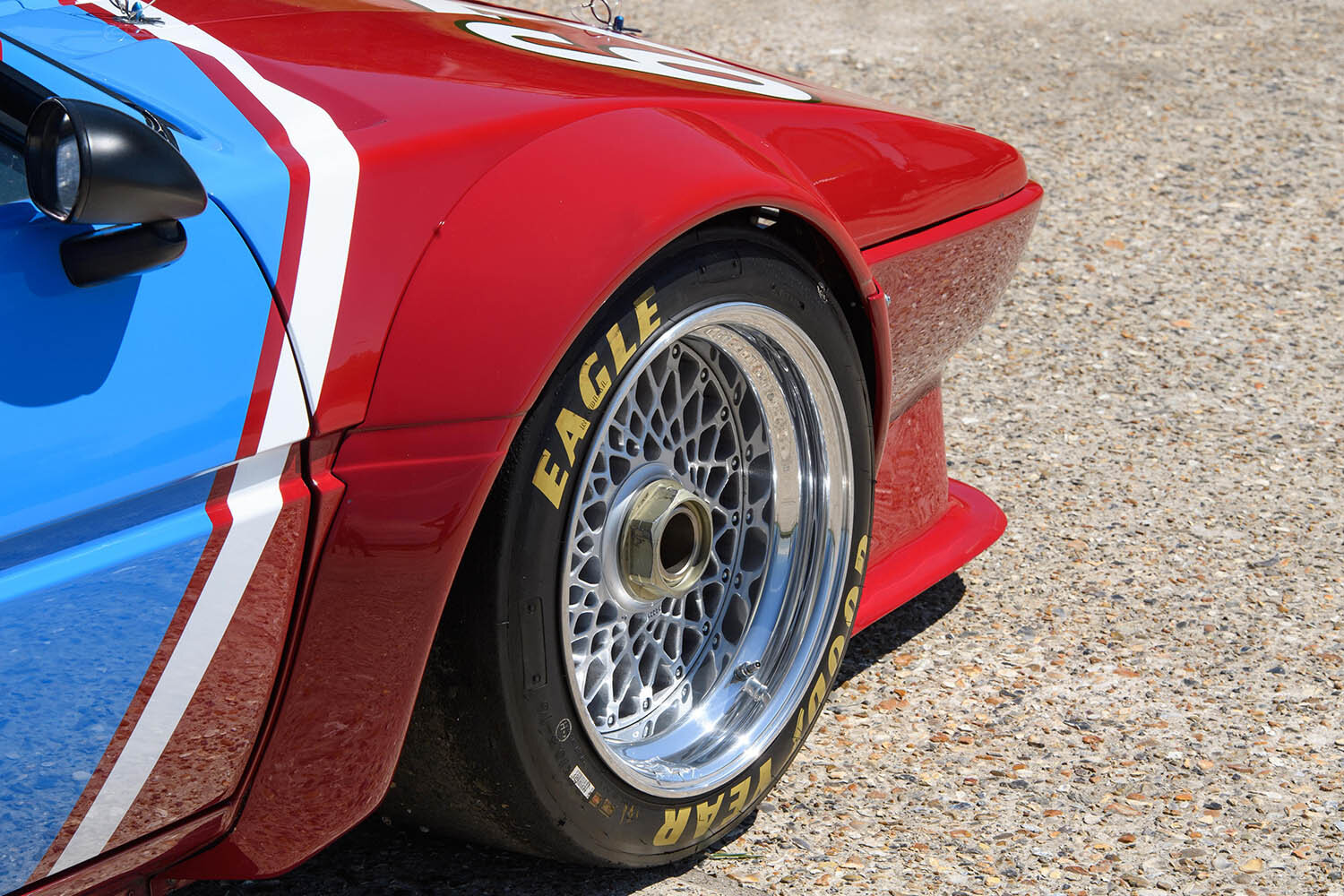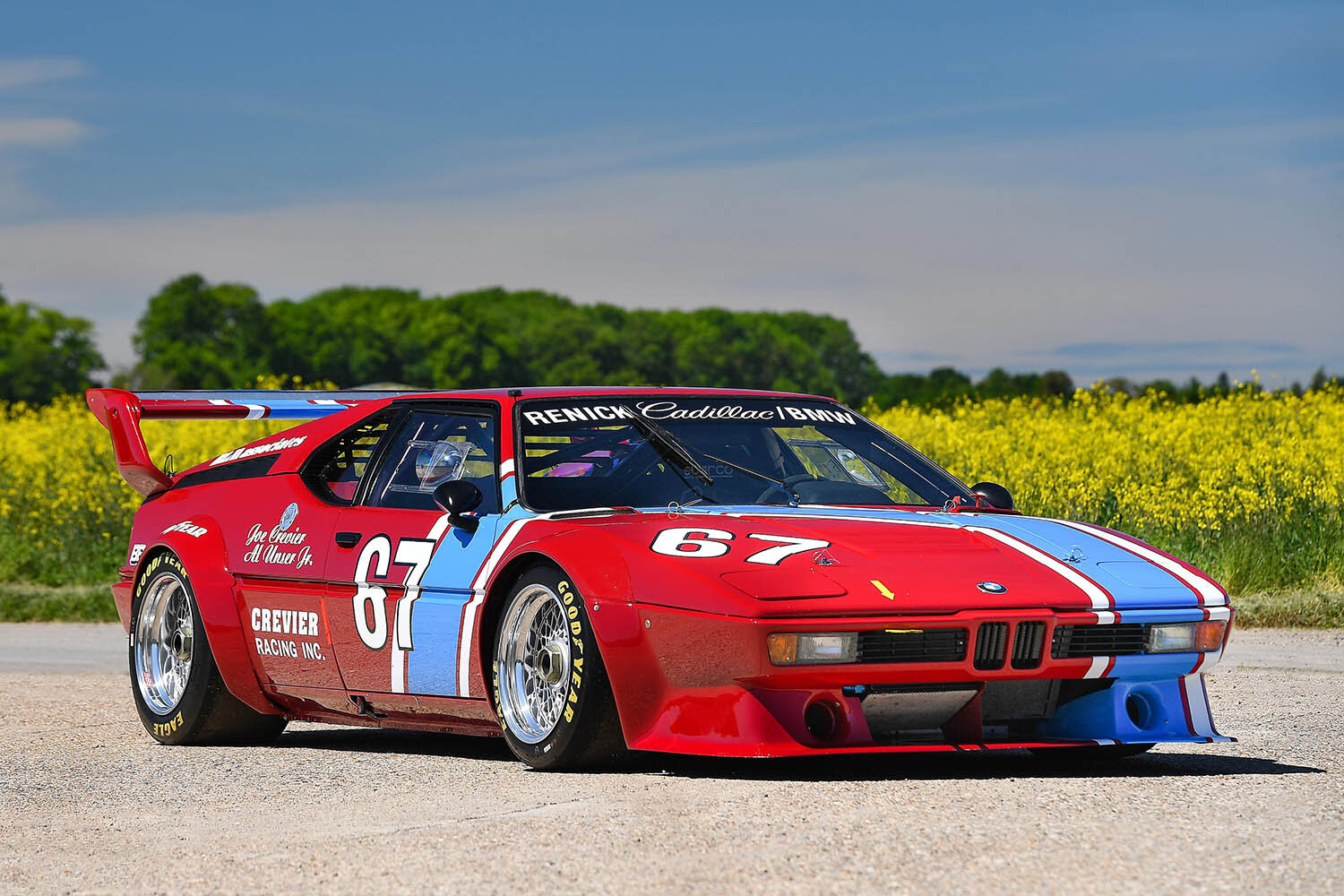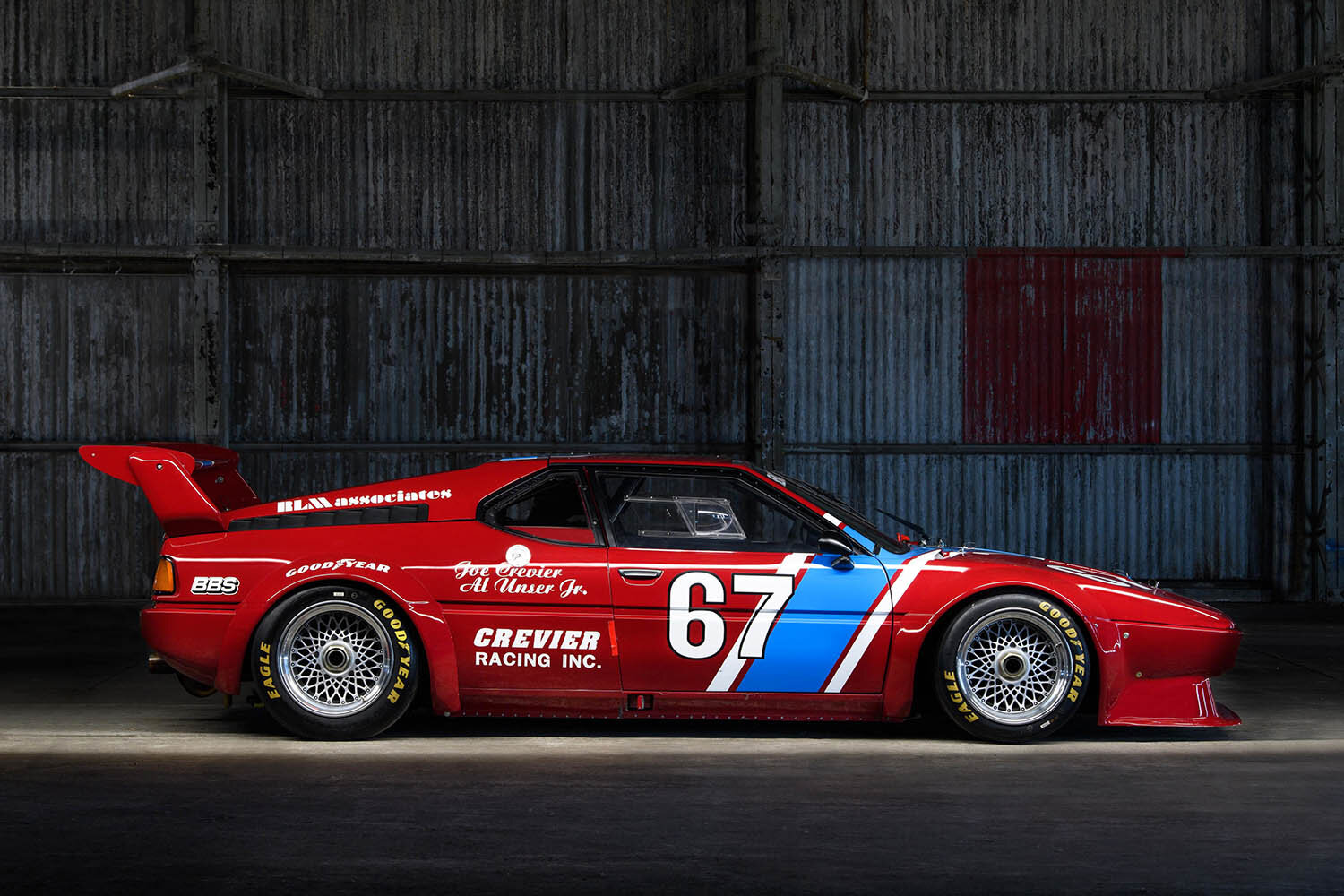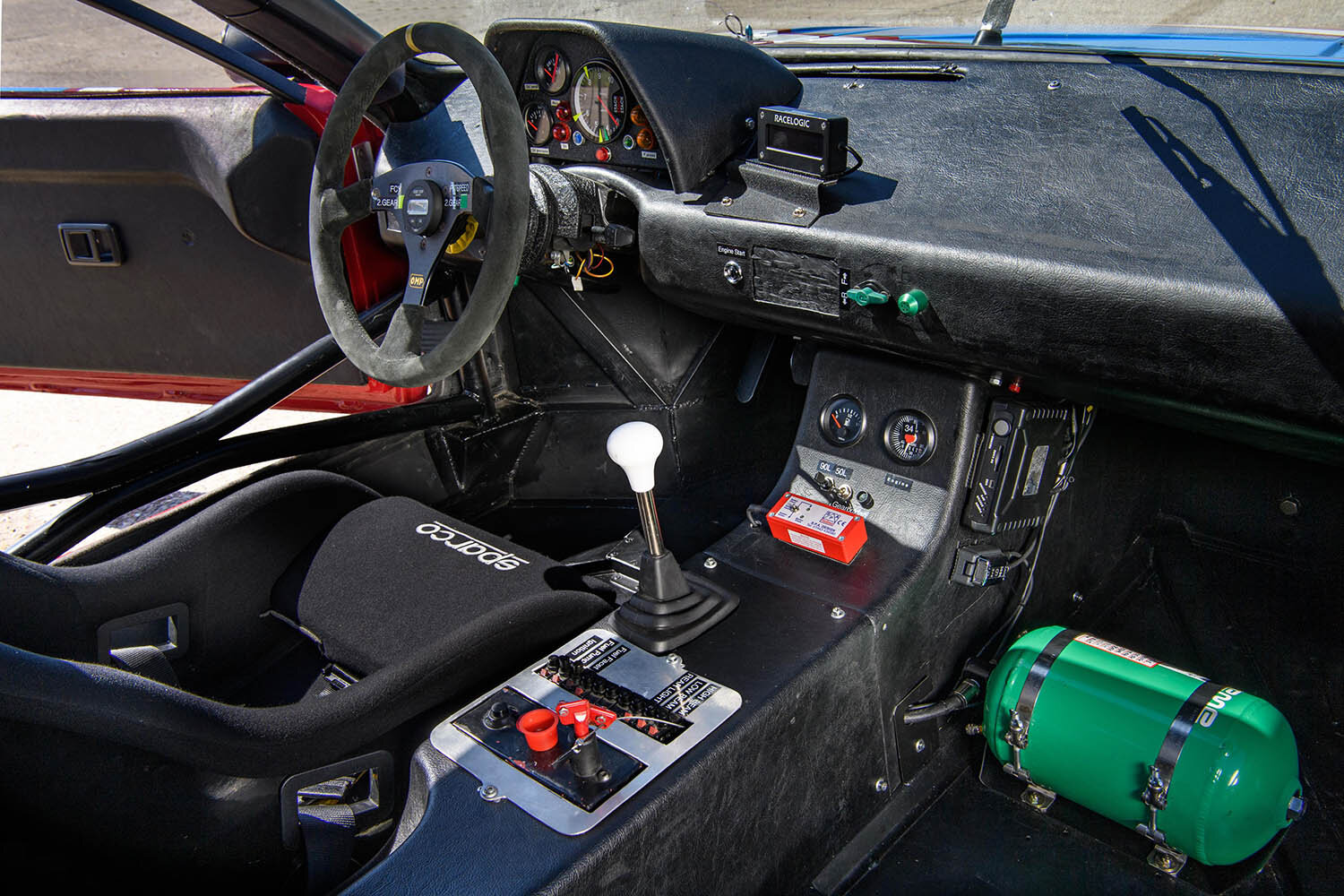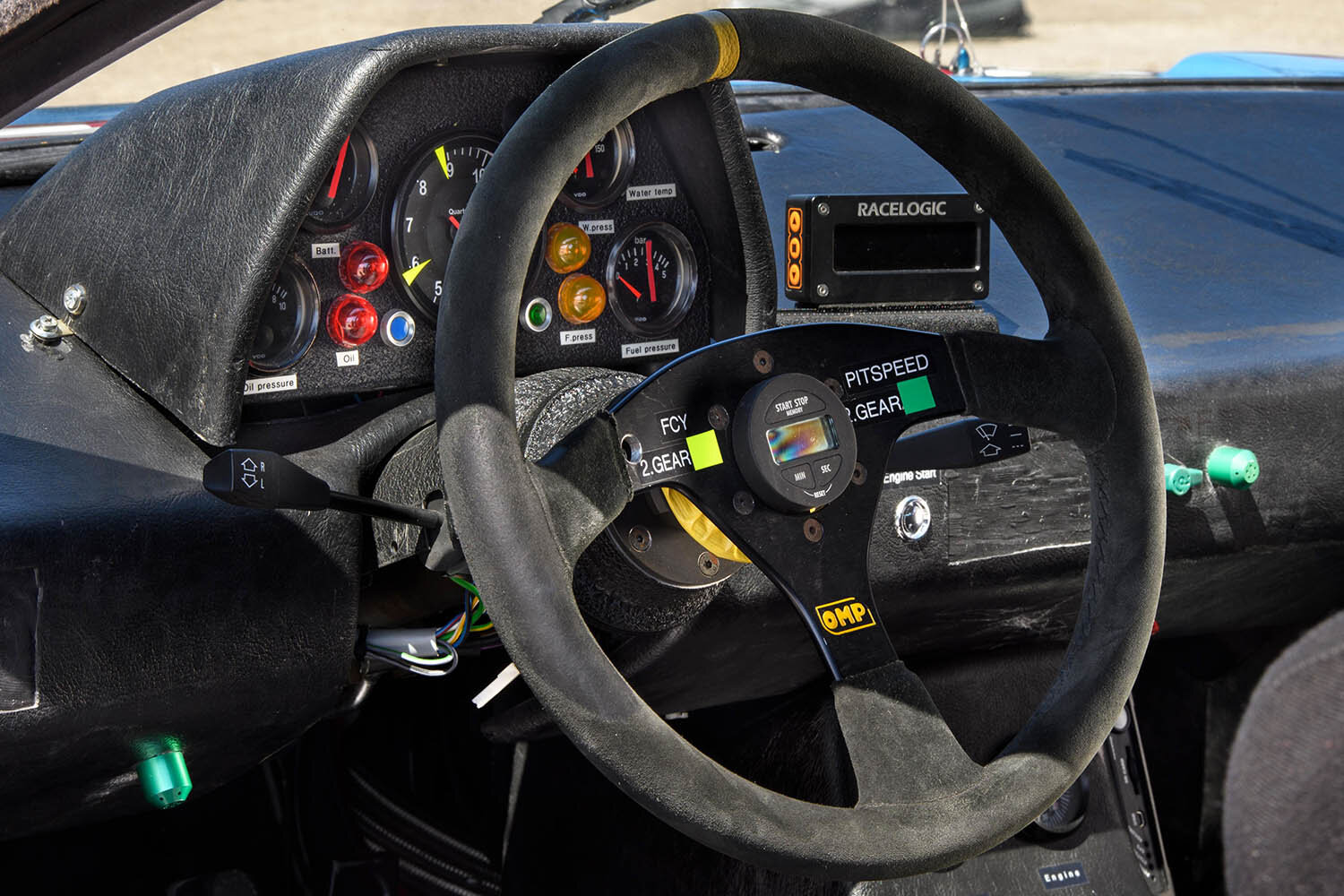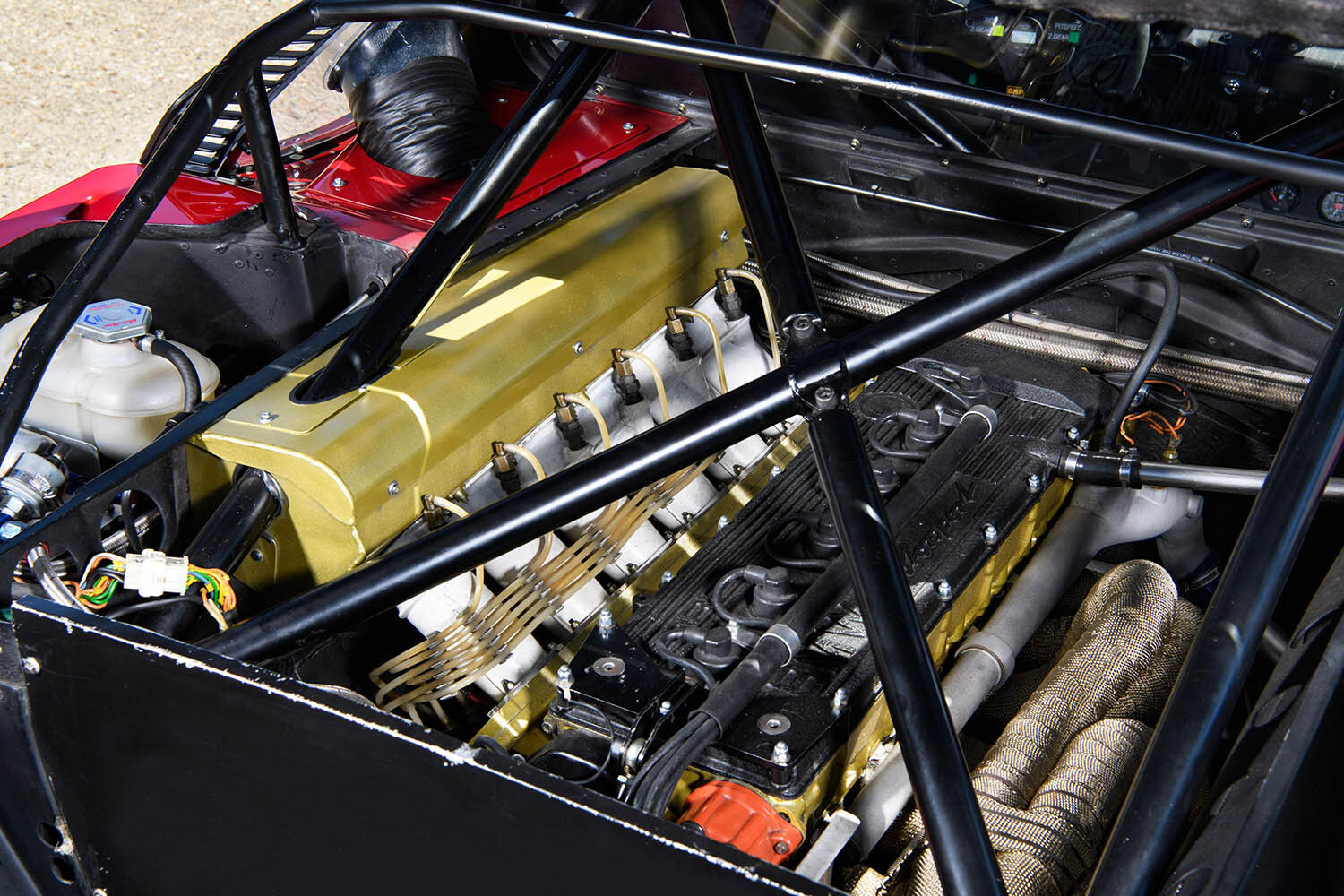The Ultimate Driving Machine
The BMW M1 holds a special fascination for supercar and BMW enthusiasts alike, being the first of the celebrated M models as well as the Bavarian company’s first mid-engine supercar. The M1 was born from BMW Motorsports boss Jochen Neerpasch’s obsession with beating Porsche, which during the 1970s had almost uniformly outdone Munich’s otherwise very successful racing coupes.
By 1978 Neerpasch believed the time had come to engineer a Group 5 racecar from the ground up, with a mid-engine design that could eclipse the mighty 934 and 935 models coming from Stuttgart. Lamborghini’s Gianpaolo Dallara was tasked with developing a new tubular steel spaceframe onto which was bolted lightweight fibreglass coachwork penned by Giorgetto Giugiaro. The Italian-designed vehicle then received a new inline six-cylinder racing engine from BMW Motorsports. The first purpose-developed engine by the company’s now legendary M division. It generated 273 hp and was mated to a five-speed manual gearbox that delivered power to the rear wheels.
A triumph of both form and function, the BMW M1 unfortunately never fully achieved Neerpasch’s vision due only to the fact that Group 5 regulations shifted to eliminate the car’s eligibility. Prototypes developed in 1978 were nevertheless approved for a homologated production run with sights set on Group 4 racing, and ultimately 453 cars were built in total.
Not to be outdone by the FIA, Neerpasch conceived a novel application for the M1 over a round of cocktails with Max Mosley, the former British racing driver and March team principle who held a position with the Formula 1 Constructor’s Association. The two friends envisioned a single-make introductory series to European Formula 1 races in which the top five qualifying drivers would race BMW M1 competition cars against a field of top sports and touring car drivers.
BMW approved the build of 25 cars specifically for this new series, which was dubbed Procar. These cars featured improvements over the original M1 that included a more developed engine (lifting power to 470 hp), as well as bodywork modifications for aerodynamic enhancement such as larger flared wheel arches, a deeper front splitter, and a large rear wing. By the conclusion of production in 1981, 54 examples of the race-engineered M1 Procar had been built, and they remain the cream of the crop of Munich’s renowned supercar.
This example, the 36th M1 Procar built, was ordered new by American driver Joe Crevier for use in the IMSA GTO Championship. For his driving partner Crevier recruited the famed Al Unser Jr, the future two-time Indy 500 winner, two-time CART champion, and 1984 Can-Am champ whose career was just beginning. The M1 debuted at the 6-Hour Toyota Grand Prix at Riverside, California, in April 1981, finishing a promising 3rd in class, and 11th overall. Unser Jr’s results at the following race, the Monterey Triple Crown at Laguna Seca, were even better, as the M1 roared to a 2nd-in-class finish. Results over the remainder of the season were similarly respectable, as the BMW completed the 11-race calendar with five podium finishes.
This 1980 BMW M1 Procar was recently sold at RM Sotheby’s Shift / Monterey auction held between the 14-15th August. For more information on this and other vehicles at the sale, click on the link below. Photos: Tim Scott © Courtesy of RM Sotheby's.

